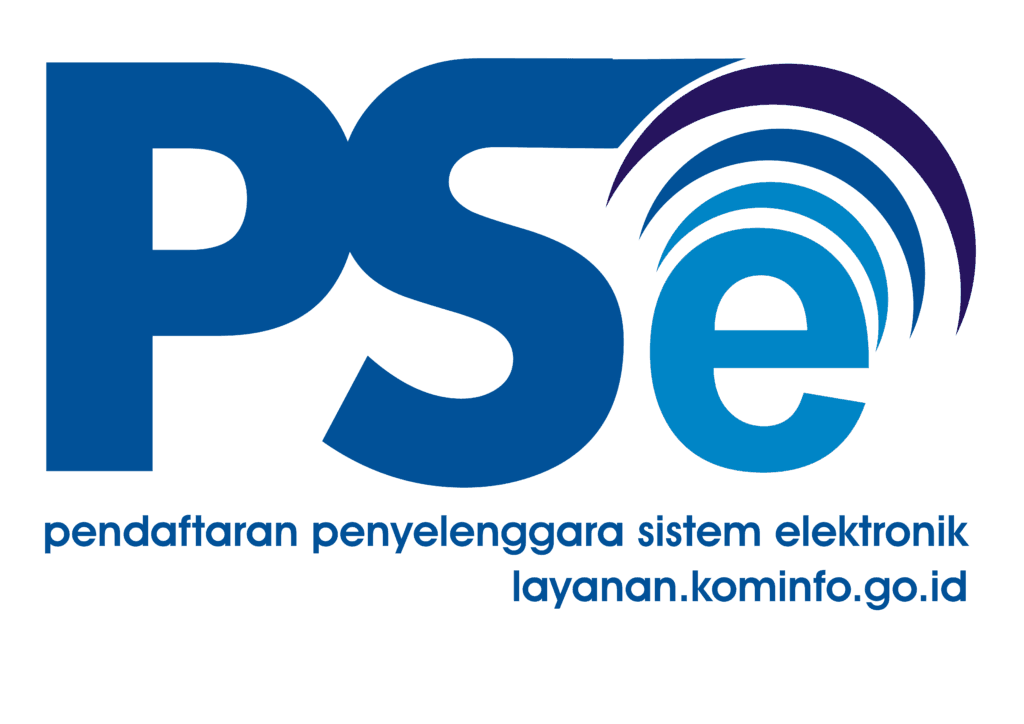Ilustrasi. Foto: RiauAktual
- Indonesia’s Ministry of Environment and Forestry (KLHK) recorded 153 hotspots across the country within 24 hours as of April 19, 2025.
- Sumatra, Kalimantan, and Sulawesi had the highest number of hotspots, primarily due to land clearing and dry weather.
- Authorities urge heightened vigilance and law enforcement to prevent forest and land fires (karhutla).
Indonesia’s Ministry of Environment and Forestry (KLHK) reported 153 hotspots detected nationwide within 24 hours until Saturday, April 19, 2025. This surge highlights rising risks of forest and land fires (karhutla), particularly in vulnerable regions like Sumatra, Kalimantan, and Sulawesi. Such fires threaten ecosystems, public health, and Indonesia’s emission reduction targets.
1. Hotspot Distribution and Root Causes
KLHK data reveals the highest concentration of hotspots in Sumatra (58), followed by Kalimantan (47) and Sulawesi (29). Riau, West Kalimantan, and Central Sulawesi provinces top the list.
Primary Causes:
- Land Clearing: Slash-and-burn practices for plantations and agriculture, especially on peatlands, remain widespread.
- Dry Weather: El Niño-induced drought exacerbates fire risks, increasing the likelihood of spontaneous combustion.
- Weak Law Enforcement: Limited sanctions for illegal land-clearing violations perpetuate recurring fires.
2. Environmental and Socioeconomic Impacts
a. Ecosystem Damage
Peatland fires release massive carbon emissions, accelerating climate change. The IPCC 2023 Report notes that Indonesian fires contribute 12% of global CO₂ emissions from the forestry sector.
b. Public Health Risks
Haze from karhutla triggers respiratory infections (ARI), eye irritation, and worsens chronic respiratory conditions. Indonesia’s Health Ministry reported 23,000 ARI cases linked to haze in Sumatra and Kalimantan in 2024.
c. Economic Losses
Karhutla damages infrastructure, reduces agricultural productivity, and disrupts transportation. The World Bank estimates Indonesia’s economic losses from fires reached USD 5.2 billion in 2023.
Baca Juga:
- Mount Semeru Erupts Multiple Times: Ash Reaches 500 Meters
- Gunung Lewotobi Laki-laki Erupts, Ash Column Reaches 2 Km
3. Mitigation Efforts and Community Roles
Ilustrasi. Foto: KendariPos
a. Monitoring Technology
KLHK employs the LAPAN-A3 satellite and the Sipongi system for early hotspot detection. The public is encouraged to report fires via the Pantau Karhutla app.
b. Law Enforcement
Joint operations by the military, police, and KLHK aim to penalize illegal burning perpetrators. Since 2024, 15 companies in Sumatra and Kalimantan have faced administrative sanctions.
c. Green Jobs and Education
The EBT Heroes program promotes community involvement in land restoration by planting fire-resistant vegetation. The demand for green jobs, such as environmental facilitators and air quality technicians, is rising.
The spike to 153 hotspots in a single day underscores the need for collaboration between the government, private sectors, and communities. Strengthening law enforcement, monitoring technology, and green jobs can reduce fire risks while advancing Indonesia’s net-zero emissions goal by 2060.
#zonaebt #EBTHeroes #Sebarterbarukan
Editor : Alfidah Dara Mukti


